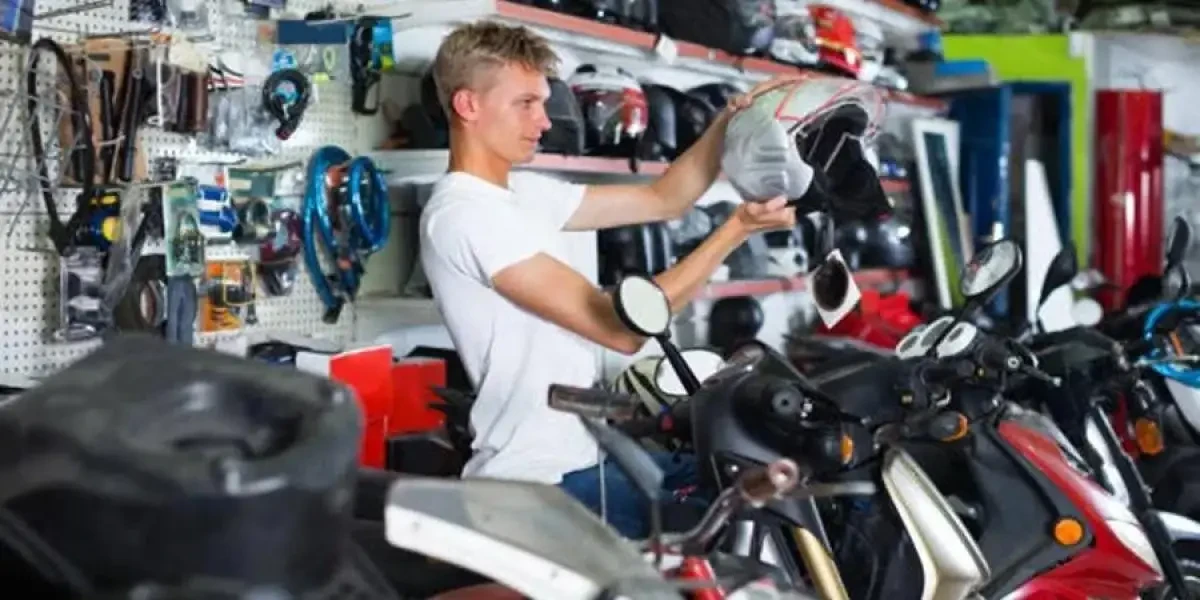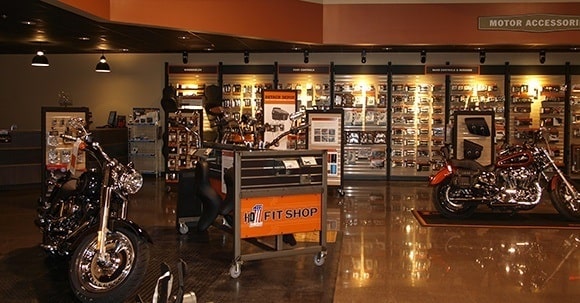An In-depth Look at Bike Components: What Every Cyclist Needs To Know
An extensive understanding of motorbike parts is not just valuable however vital for any kind of cyclist intending to maximize performance and safety. Each part, from the engine's complex workings to the dependability of brake systems, plays a pivotal duty in the overall experience and capability of the bike. Nonetheless, beyond feeling in one's bones what these components do, it is important to appreciate just how they support and engage one another. This interconnectedness can make the distinction between a smooth adventure and unexpected problems. What intricacies exist within this mechanical symphony that every motorcyclist should master?
Understanding the Engine
The engine, often considered as the heart of a motorbike, is an intricate assembly of components that operate in consistency to transform gas into motion. At its core, the engine's primary feature entails the combustion process, where air and fuel mix and fire up within the cyndrical tubes, resulting in controlled surges that drive the pistons. These pistons relocate up and down, transforming chemical energy into mechanical energy, which consequently transforms the crankshaft, eventually powering the bike.

Comprehending the intricacies of a bike engine is critical for enthusiasts and riders alike. It not just provides understanding into how bikes achieve their excellent power and speed yet likewise aids in efficient upkeep and troubleshooting, guaranteeing longevity and integrity on the road.
Suspension Systems
While the engine powers the bike, the shock absorber plays an essential role in making sure a smooth and regulated ride. The shock absorber is responsible for soaking up shocks from the roadway surface, keeping tire contact, and giving stability throughout cornering and stopping. It comprises 2 major elements: the front forks and the back shock absorbers.
Front forks are normally telescopic, containing a springtime and moistening system. The spring extends and presses to soak up bumps, while the moistening mechanism regulates the movement to stop excessive bouncing. This mix guarantees the front wheel stays touching the road, using exceptional handling and convenience.
The back suspension, normally a monoshock or twin-shock setup, works in a similar way to the front suspension but is customized to sustain the bike's weight and biker - motorcycle parts nz. It handles back wheel activity, adding to the bike's general equilibrium and responsiveness
Suspension systems can be adjustable, enabling motorcyclists to tweak preload, compression, and rebound settings according to personal preferences and riding problems. This adjustability improves efficiency by optimizing the motorbike's communication with varied surfaces. In recap, a reliable suspension system is vital for cyclist convenience, safety and security, and the motorcycle's managing expertise.
Brake Parts
Quiting power is a basic element of bike safety and security, and it depends upon the performance of the brake parts. The main components of a motorcycle's braking system consist of the brake pads, calipers, blades, and master cylinder. motocross gear. Each of these elements plays a vital function in guaranteeing reliable braking efficiency
Brake pads are necessary as they produce the required rubbing versus the blades to reduce or stop the bike. Constructed from materials such as sintered steel or natural composites, the choice of brake pad product dramatically influences efficiency and longevity. Calipers, real estate the brake pads, apply pressure to the pads when the brake bar is involved, helping with contact with the blades.
The blades, typically made from stainless-steel or cast iron, are placed to the wheels and work as the surface area against which the brake pads press. Their layout, consisting of diameter and density, influences warmth dissipation and stopping power. The master cyndrical tube, linked to the brake lever, creates hydraulic stress transferred via brake lines to the calipers, making sure consistent stopping force.
Normal maintenance and evaluation of these parts are go to this web-site vital for ideal performance, protecting against wear and making sure rider safety and security when traveling.
Tire Fundamentals
Beyond maintaining robust braking systems, making sure ideal tire efficiency is similarly substantial for bike safety and security and performance. Tires vintage motorcycle helmets for sale are the single call point in between the roadway and the bike, making their condition pivotal in dealing with, stability, and overall trip high quality.

Furthermore, consider the tire's age. Rubber compounds deteriorate with time, also if step appears adequate. Inspect the sidewall for the DOT (Department of Transport) code to establish the tire's age. Typically, substitute is recommended every 5 years, despite wear. Spending focus in these tire essentials not only optimizes performance yet additionally considerably enhances riding security.
Electric Systems
In the world of bike upkeep, the electrical system plays an essential function in ensuring trusted efficiency and motorcyclist safety and security. This intricate network encompasses crucial parts such as the battery, alternator, starter electric motor, and electrical wiring harness. Each component is essential for the smooth operation of the bike, from ignition to lights and interaction with numerous sensing units.
The battery acts as the heart of the electric system, supplying the needed power to begin the engine and operate accessories. Regularly examining the battery's voltage and terminals for deterioration is essential to avoid unforeseen failures. The alternator, on the other hand, charges the battery while the engine is running, making sure a constant power supply.
To maintain it, cyclists must pay attention to any type of unusual sounds or problems throughout startup. Making certain that the cables are totally free and intact from damage is important for making certain and stopping brief circuits functionality.
Verdict

Stopping power is a fundamental element of bike safety and security, and it pivots on the effectiveness of the brake elements. The primary components of a motorcycle's stopping system consist of the brake pads, calipers, rotors, and master cylinder.Brake pads are vital as they create the required friction versus the blades to slow down or quit the motorbike.Beyond maintaining robust stopping systems, making sure ideal tire performance is similarly significant for motorcycle security and efficiency.In the world of motorcycle upkeep, the electric system plays an essential function in guaranteeing reputable performance and cyclist security.
Comments on “Your Go-To Motorbike Shop for Quality Parts and Accessories”